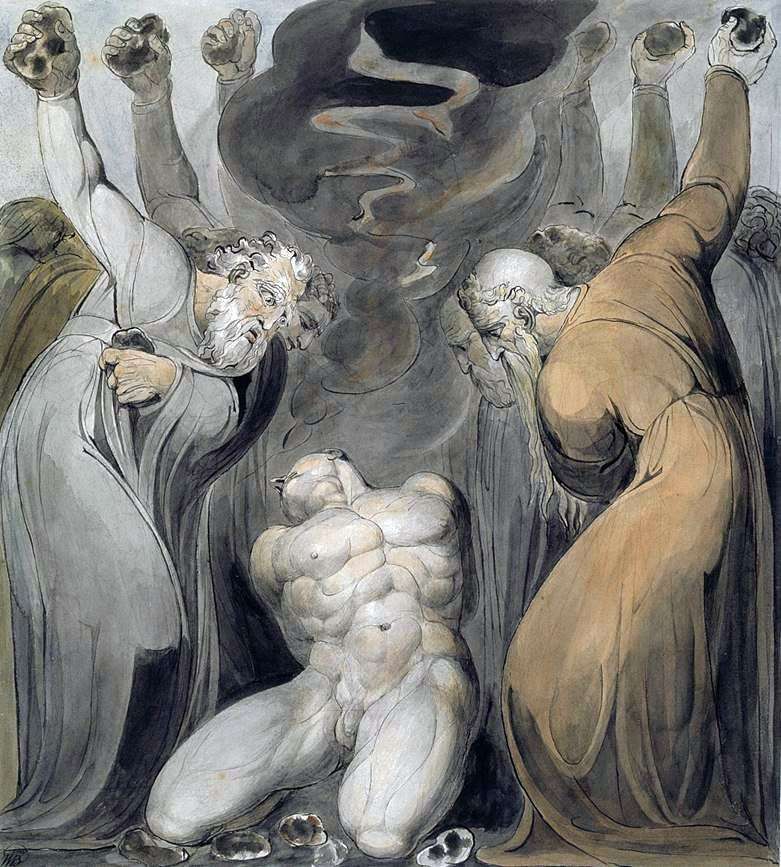
The name of William Blake, an English thinker, poet, artist, is now well known. However, during his lifetime he seemed too original to contemporaries, interest in his works began to appear only from the end of the 1840s, and real fame came only in the 20th century.
Blake was born in the family of a small merchant. At the age of ten, he began to study drawing, then worked for several years in the engraving workshop of J. Bezayr, in which he made illustrations for the Archaeological and Antiquarian Societies. Work in the studio aroused Blake’s interest in the Middle Ages, Gothic, which left an imprint on all his work. In the late 1780s, Blake began to publish his own poems, illustrating which he resorted to the experience of medieval miniaturists.
Romantic in essence, the works of Blake are surprisingly original and do not fit into the framework of any one style. In his works, the tense static character and poetic spirituality of the Renaissance, the plastic understanding of the shape of Michelangelo and the conventional treatment of folk art are combined, typical for the Middle Ages. From 1799 to 1805 Blake wrote 37 tempera compositions and about 100 watercolors on Biblical themes for T. Butt, the only patron at that time. Other famous works: illustrations for the “Book of Job”. 1818-1820, engraved in 1823-1825; illustrations for the poem “Jerusalem”. 1804-1820.
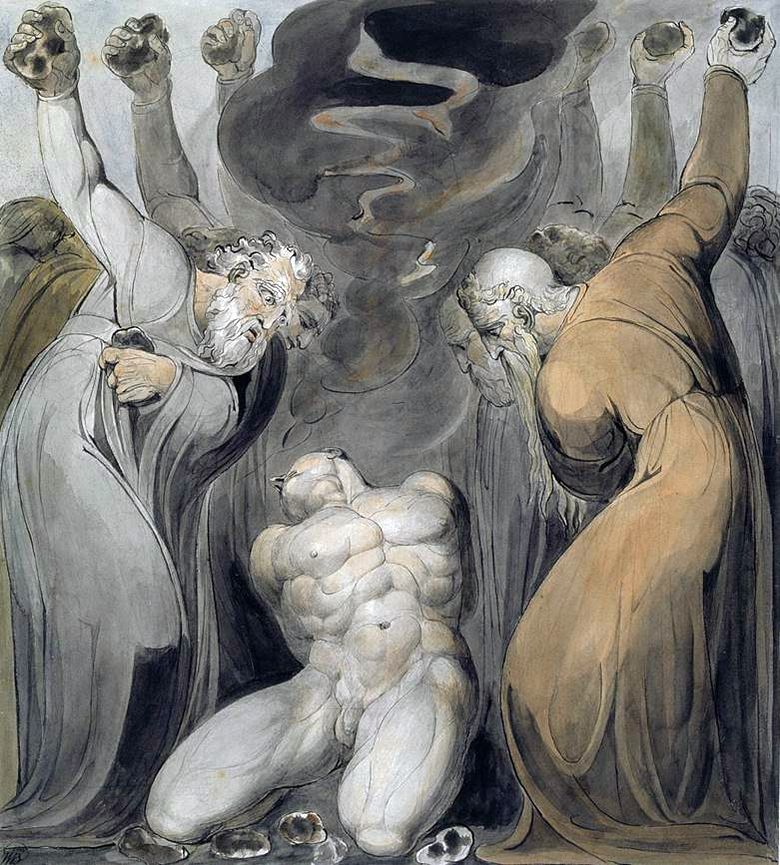 Lapidation Achan – William Blake
Lapidation Achan – William Blake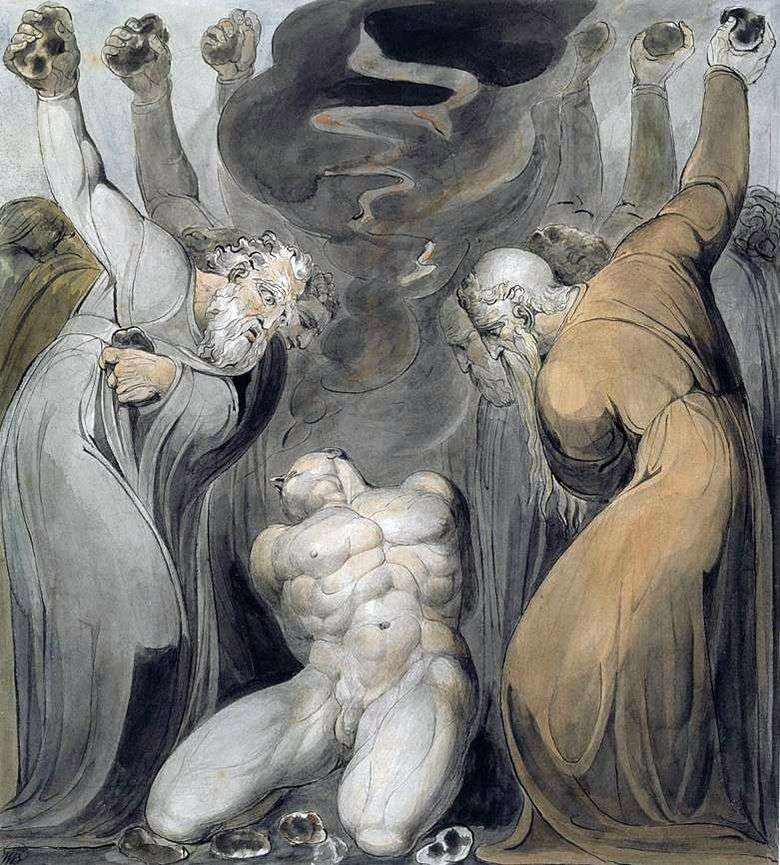 Stoning Ahan – William Blake
Stoning Ahan – William Blake The Risen Christ by William Blake
The Risen Christ by William Blake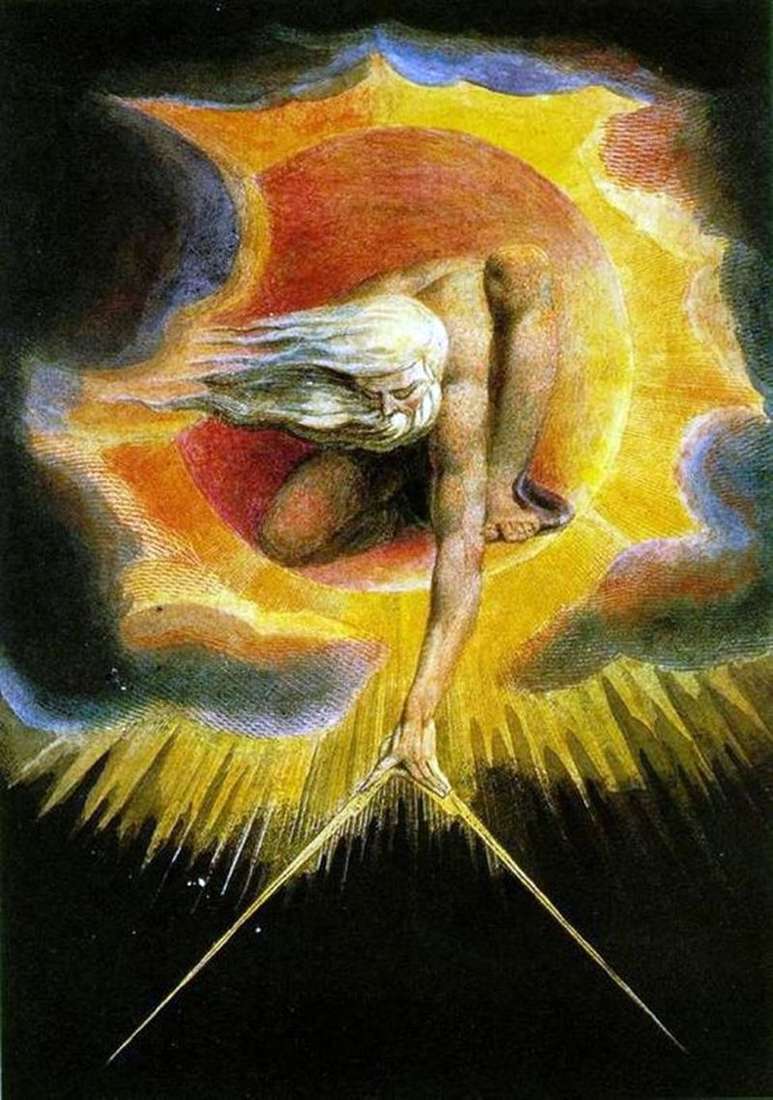 The Great Architect (The Creation) by William Blake
The Great Architect (The Creation) by William Blake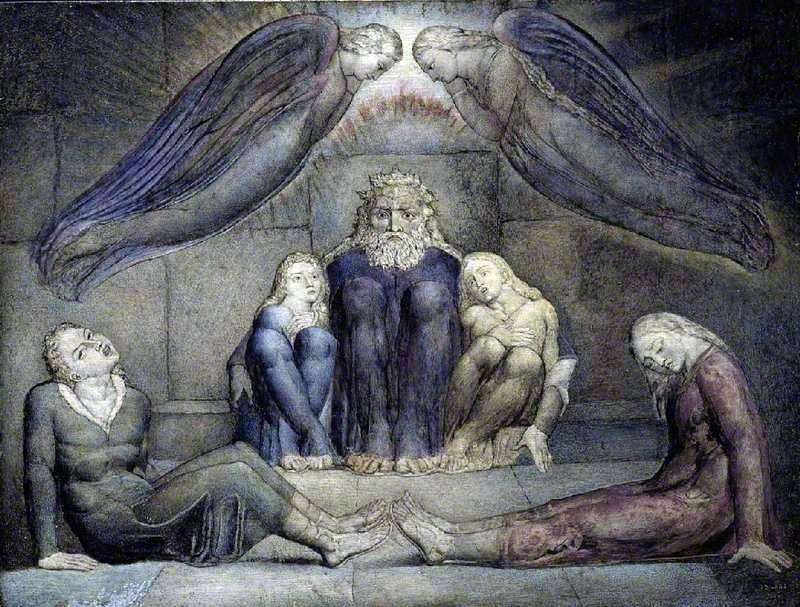 Ugolino with his sons in the dungeon by Ulam Blake
Ugolino with his sons in the dungeon by Ulam Blake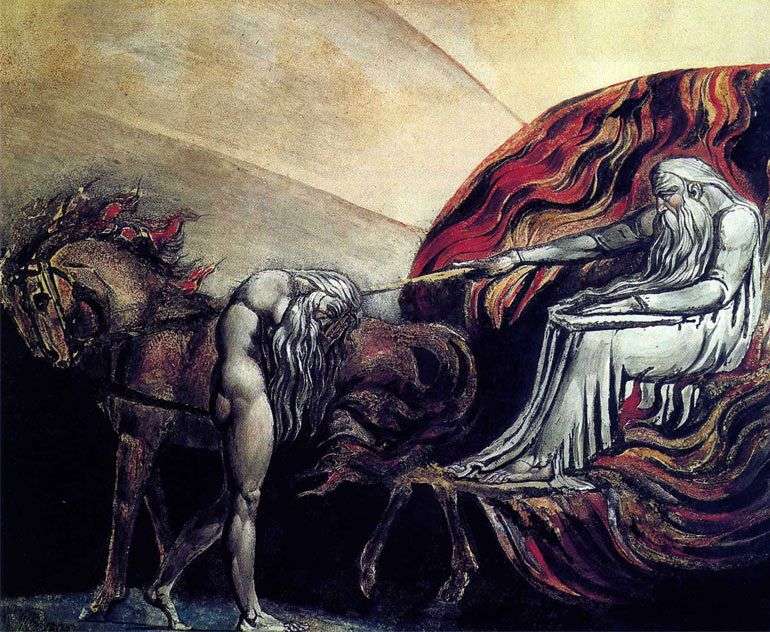 Adam before the court of God by Ulam Blake
Adam before the court of God by Ulam Blake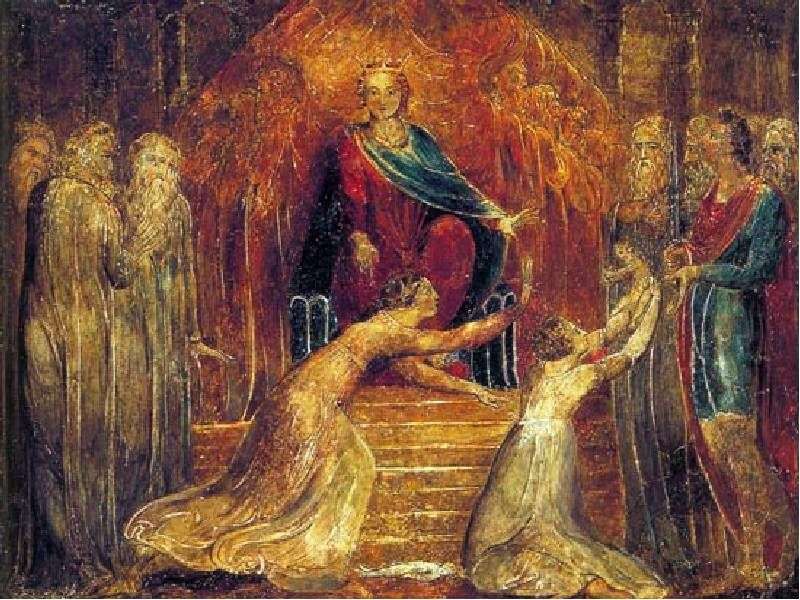 King Solomon’s Court by William Blake
King Solomon’s Court by William Blake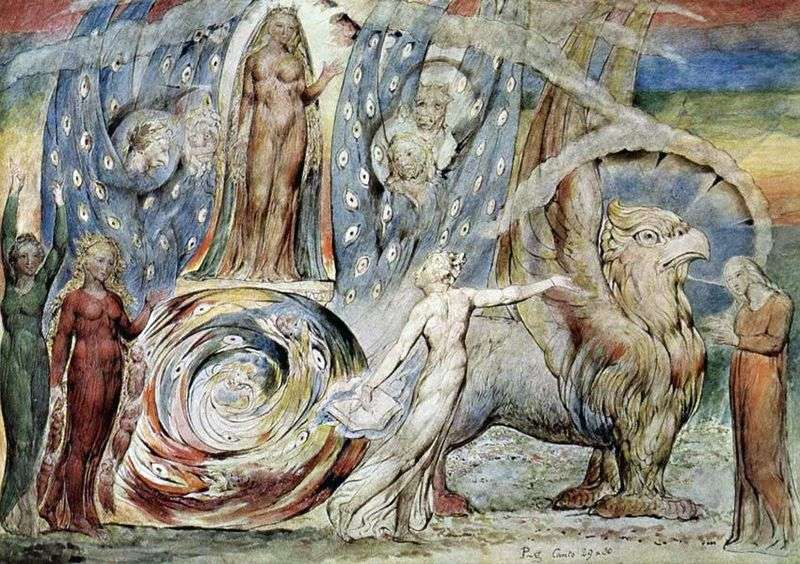 Dante and Beatrice by William Blake
Dante and Beatrice by William Blake